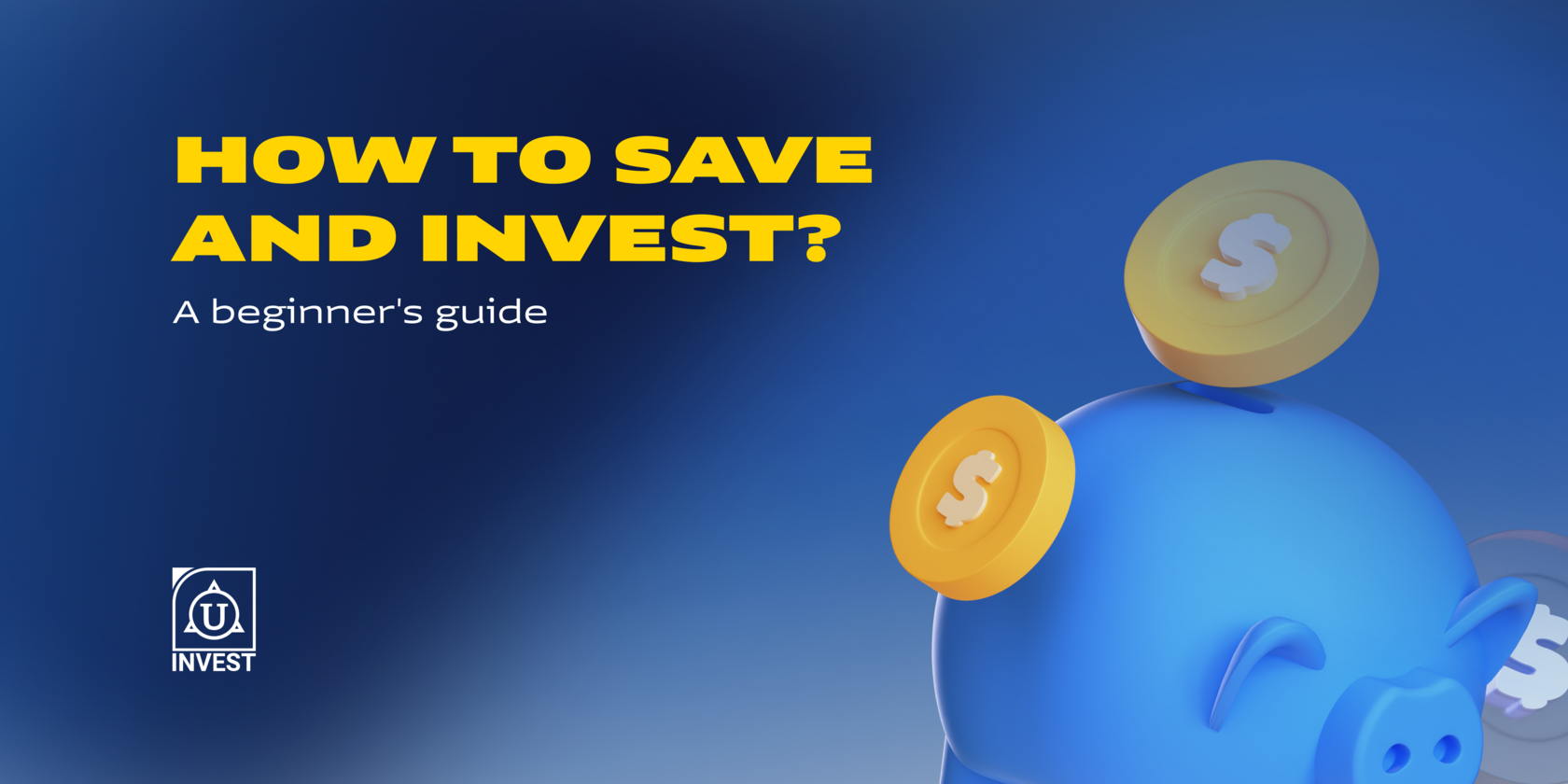Starting your journey toward financial freedom might seem scary, but it doesn't have to be! If you're a student, a young professional, or just someone who wants to make your money work for you, this guide will walk you through the basics of saving and investing, step by step. Let's get started!
1. SET CLEAR FINANCIAL GOALS
Before you start saving or investing, think about why you want to do it. Having clear goals will give you direction and keep you motivated. It's not just about saving money; it's about creating a plan for your financial future.
The key to staying on track? Be specific! Instead of just saying, "I want to save money," try saying, "I want to buy a car next year." Having a clear goal with numbers and a timeline makes it from a wish to a plan. This makes it easier to see your progress and celebrate small successes.
The key to staying on track? Be specific! Instead of just saying, "I want to save money," try saying, "I want to buy a car next year." Having a clear goal with numbers and a timeline makes it from a wish to a plan. This makes it easier to see your progress and celebrate small successes.
2. CREATE A BUDGET
A budget is a powerful tool that helps you understand where your money is going each month. Once you know your income and expenses, you can decide how much to save and invest.
Here’s a simple budget rule to follow:
· 50% for Needs (rent, utilities, groceries)
Here’s a simple budget rule to follow:
· 50% for Needs (rent, utilities, groceries)

· 30% for Wants (dining out, entertainment, hobbies)
· 20% for Savings & Investments
By following this method, you can ensure that you're prioritizing your financial future while still enjoying the present.
· 20% for Savings & Investments
By following this method, you can ensure that you're prioritizing your financial future while still enjoying the present.
3. START SAVING FIRST
Before you invest, it’s essential to have enough savings for unexpected expenses. A good rule of thumb is to aim for an emergency fund of three to six months of living expenses. This will act as a financial cushion in case of job loss, medical emergencies, or other unexpected events.
You can set up a high-yield savings account to keep your savings safe and earn a bit of interest. Many online banks offer accounts with higher interest rates than traditional banks.
You can set up a high-yield savings account to keep your savings safe and earn a bit of interest. Many online banks offer accounts with higher interest rates than traditional banks.
4. START WITH SIMPLE, LOW-COST INVESTMENTS
If you’re new to investing, it’s smart to begin with a mix of stocks and bonds. The easiest way to do this is by investing in index funds or ETFs. These are like baskets of different stocks, such as those in the S&P 500, which help spread out your risk.

5. BE PATIENT
Investing is a long-term journey. While it might be tempting to check your portfolio every day, try to avoid emotional decision-making. The market will have ups and downs, but the key is to stay focused on your goals.
A common phrase in investing is: “Time in the market is more important than timing the market.”
A common phrase in investing is: “Time in the market is more important than timing the market.”
CONCLUSION
Starting your financial journey doesn’t have to be complicated or require a lot of money. It’s all about making small, consistent steps. Start by saving regularly, build an emergency fund, and then invest in simple, low-cost options. Over time, your money will grow and help you reach your goals.

Remember: The best time to start was yesterday, but today works too.
HOW TO INVEST?
Open a free brokerage account with Unibank Invest and start investing. The Unibank Invest app provides access to the world’s largest stock exchanges, enabling you to purchase international investment instruments, such as stocks, bonds, and ETFs.
To open a brokerage account, fill out the online application or call +374 43 004 382.
